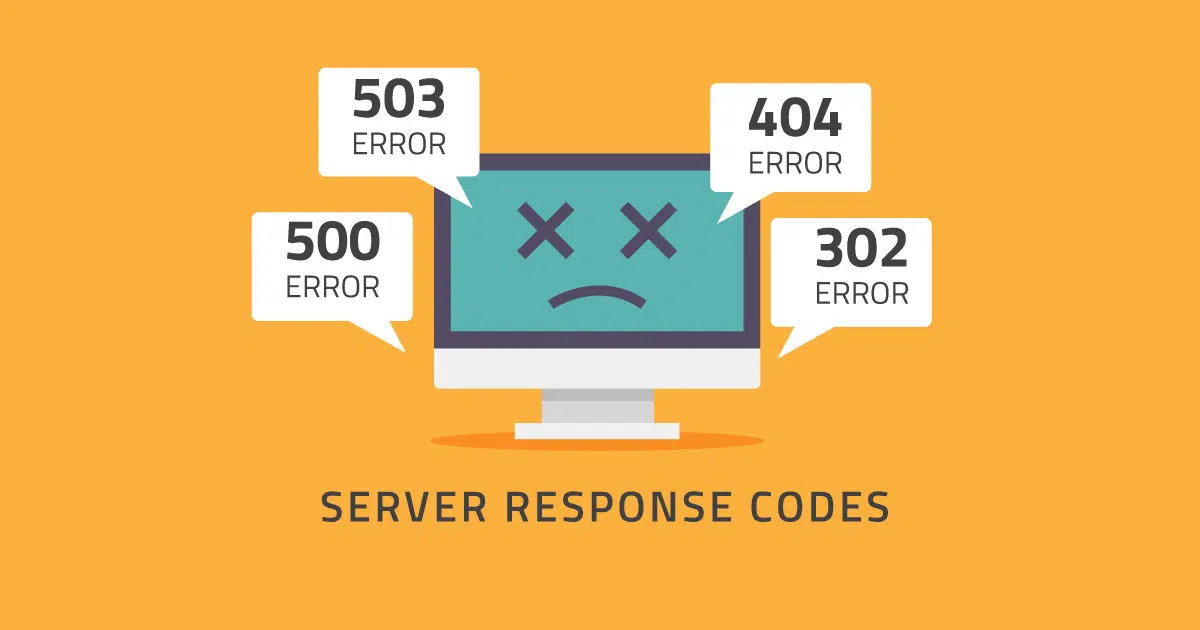
What You Should Know About Server Response Codes
Server Response Codes, also known as HTTP Status Codes, are a response to a browser request. When visiting a website, your browser sends a request to the websites server, which it responds to with a 3 digit code – a HTTP status code.
These codes communicate whether the browser and server are working, or if something is wrong.
Why do I need to know the codes?
Understanding Status Codes help you to diagnose site errors which can allow you to respond quickly and minimise issues with your website.
Popular Server Response Codes (and the most important)
200 – Good
This is the ideal code that your site should be for day-to-day use. You don’t need to do anything with this, just rest assured that everything is ok with your website
301 – Permanent Redirect
This redirect should be used when a URL needs to be permanently redirected to another. This means that visitors that land on the page will be automatically passed on to the new URL, along with any link equity.
302 – Temporary Redirect
This is where visitors are passed to a new page, but link equity is not. This causes search engine crawlers to not pass on the link equity, and is therefore not recommended.
404 – Not Found
This means that the server cannot find the page, meaning that visitors will hit a blank page which result in them either try again or go to another site elsewhere. This redirect will not indicate whether the page is missing permanently or temporarily.
500 – Internal Server Error
Different to page issues, this redirect indicates an issue with the server. This causes visitors to become lost as it affects access to your site, meaning that you should get these investigated fast.
503 – Service Unavailable
Again, this means there is an issue with the server and that it is currently unavailable, resulting in visitors and bots needing to access the website at a later date. These redirects may be due to overloading or maintenance of the server.
If your website shows up a response code, try not to panic. Your first port of call should be to analyse which code it is (and what this means) to help you to diagnose the problem and get a solution. You can also use the internet to find solutions, or contact your website developer for further assistance.
Related Services
 Website Design
Website Design
We offer great, affordable websites, along with ongoing support of your website.




